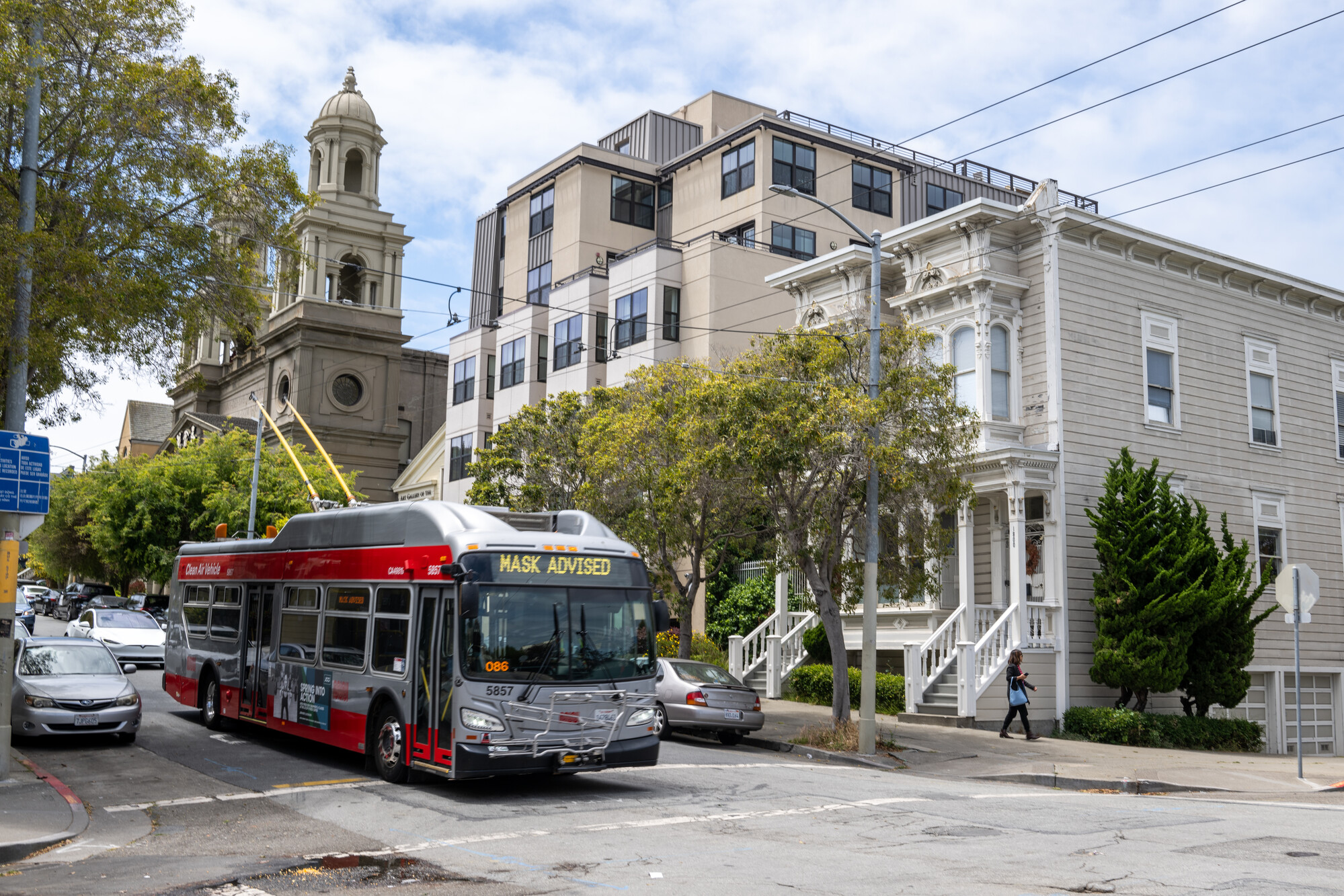“We’re one of the last cities to actually amend our city code to make sure that we’re not discriminating between how people want to live,” Mahmood told KQED, alluding to a state law that bars discrimination between related and unrelated people.
“So I think it’s time that San Francisco has our city code reflect our inclusive values,” he said.
The proposed change comes as young people have left San Francisco in droves, with the share of the population of residents in their 20s decreasing from 18% to 14% between 2013 and 2023 — the largest drop of any big city in the U.S., the San Francisco Chronicle reported.

Josh Masimore, a 30-year-old property manager of a co-living space in Russian Hill, said he received over 400 applications for a single spot in his shared space this year.
While San Francisco has long embraced co-living arrangements in tech dorms or “pods,” single-family homes and large apartments have been off-limits.
Turning down so many people was disheartening, Masimore said, and he reached out to real estate agents and architects about the prospect of potentially acquiring another property to make into a co-living space and expanding his community.
“Well, this property has more than five bedrooms, you’re breaking the law, you shouldn’t do that,” Masimore said, recounting realtors’ responses to their inquiries. “We were just hearing pushback.”





